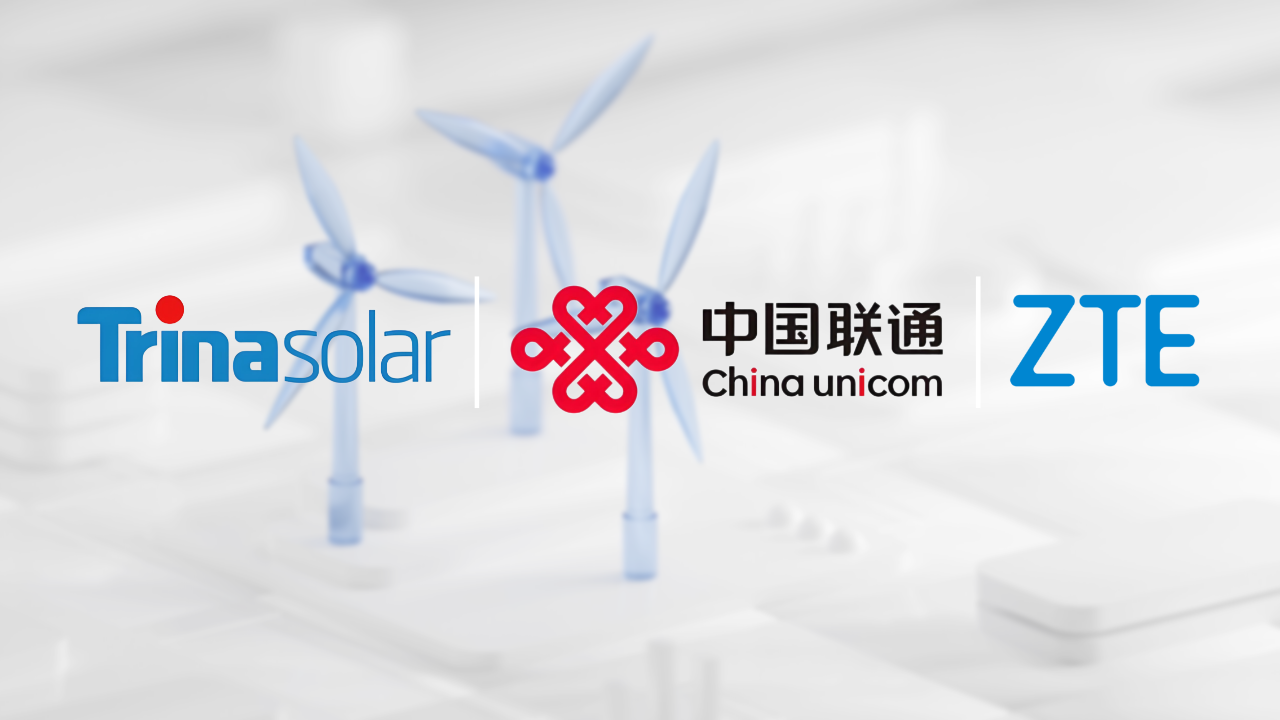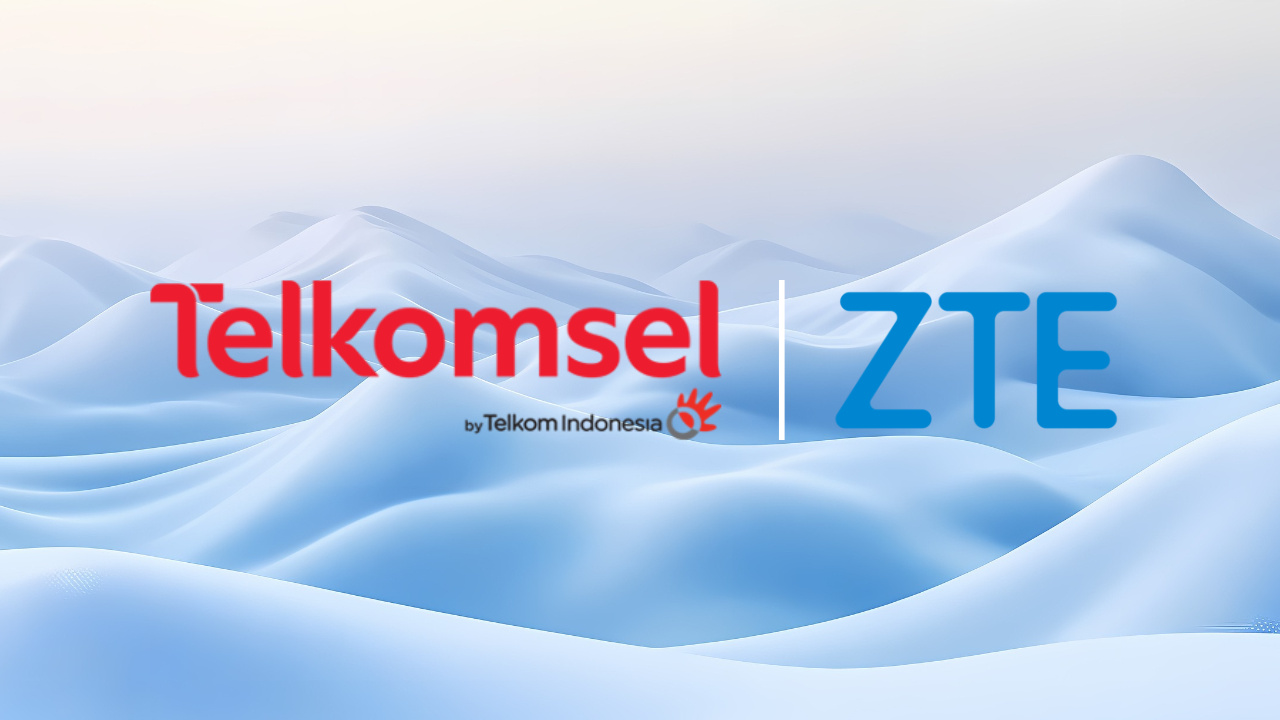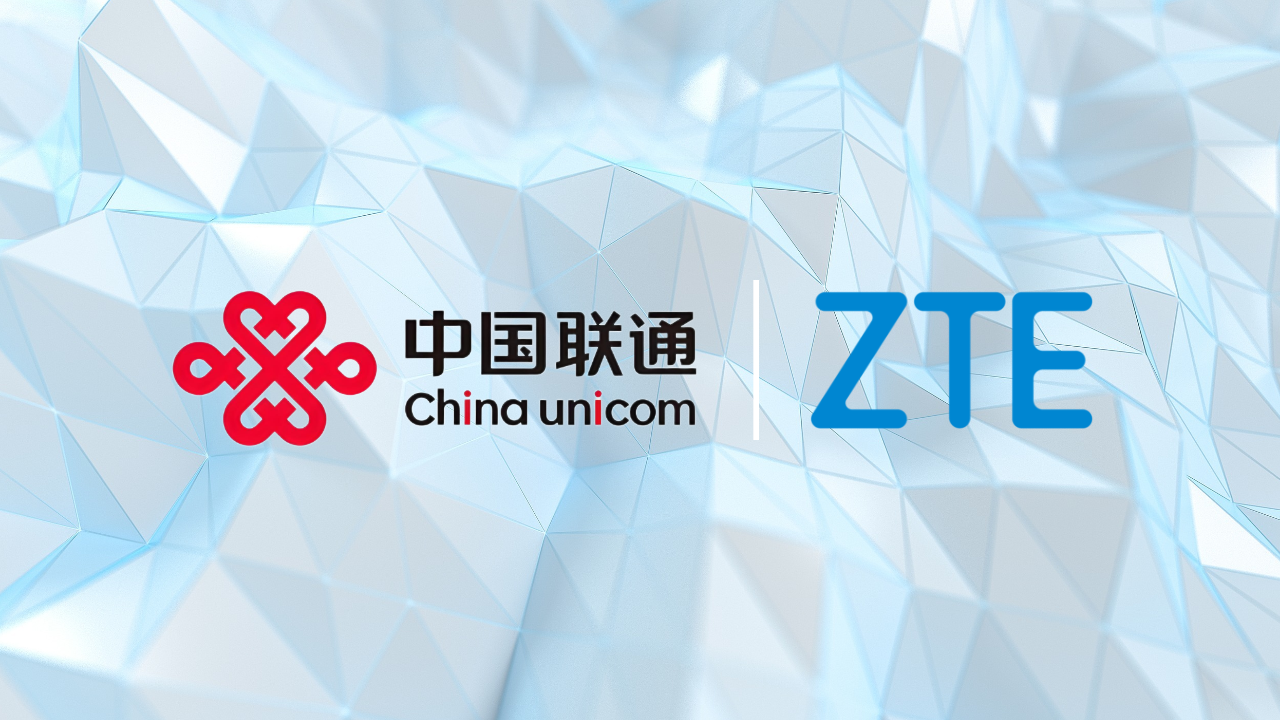China Unicom, ZTE and Trina Solar set a new benchmark for green energy digitalization
- Digitally converged "5G-A + AI + Digital Twin" solution delivers measurable gains across factory and PV operations
- Factory upgrades achieve an 80% increase in production traceability efficiency, an 80% increase in logistics efficiency, and a 15% scrap-rate reduction
- Smart PV operations raise generation efficiency by 20%-40% and reduce O&M labor costs by 85% with UAV inspection and automated workflows

Shenzhen, China, November 19, 2025 - ZTE Corporation (0763.HK / 000063.SZ), a global leading provider of information and communication technology solutions, together with China Unicom and Trina Solar, announced the successful deployment of a 5G-A-enabled green energy digitalization blueprint that upgrades photovoltaic manufacturing and power-plant operations from smart production to smart governance. Built on a 5G-A private network foundation with IT/OT convergence, AI, and digital twin, the solution delivers replicable, data-driven improvements across the full lifecycle—from R&D and production to operations and management.
Driven by the dual-carbon goals and the accelerating integration of digital technology with energy systems, the project addresses long-standing pain points in both factory and PV-base operations. Traditional environments typically suffer from data silos, high monitoring costs, complex quality traceability, fluctuating generation performance, and lagging O&M responsiveness. By applying a layered governance approach and leveraging 5G-A's high bandwidth, massive connectivity, and low latency, the joint solution unifies real-time data acquisition, intelligent analytics, and closed-loop execution to improve transparency, flexibility, and sustainability.
In photovoltaic manufacturing at Trina Solar's factory, the partners implemented a "5G-A-IT-OT" integrated architecture that wirelessly connects key production links such as PLC control, AGV intelligent logistics, and AI-based machine-vision quality inspection. A digital twin platform provides virtual-real linkage and dynamic process optimization, allowing engineers and operators to simulate, validate, and continuously refine process parameters. As a result, Trina Solar's factory recorded a production traceability efficiency increase of 88%, logistics efficiency improvement of 80%, and a 15% reduction in scrap rate. These gains translate into lower embodied carbon, higher yield, and faster response to product and process changes—key advantages in a rapidly innovating PV market.
For utility-scale PV operations, the solution extends 5G-A from the factory floor to multi-site energy assets with an integrated "5G-A + PV + Storage" intelligent operations framework. A flagship deployment was completed at a large PV base in Qinghai (approx. 10,000 acre) featuring complex terrain. AI algorithms analyze irradiance intensity and angle in real time and dynamically optimize module tracking strategies to stabilize output, delivering average generation efficiency improvements between 20% and 40% under diverse environmental conditions. 5G-A-connected UAVs enable beyond-visual-line-of-sight inspection with high-resolution thermal and visual analytics; AI models automatically detect hot spots, micro-cracks, soiling and shading, and then trigger coordinated maintenance actions including automated cleaning. The frequency of inspections increases from monthly manual cycles to once every two days, driving an 85% reduction in O&M labor costs while shortening time-to-repair and mitigating energy losses.
On the energy-storage side, 5G-A and AI provide continuous monitoring, anomaly detection, and telemetry for battery systems and power conversion equipment, strengthening both safety and dispatch. Unified data backhaul and analytics support fine-grained visualization across assets, enabling predictive maintenance and lifecycle health management. The resulting orchestration enhances green-power absorption and system reliability, laying the groundwork for flexible capacity expansion and grid-interactive operations.
Technically, the solution is distinguished by three pillars:
· 5G-A private network as the digital foundation for deterministic connectivity and secure, scalable access to devices, sensors, robots, and UAVs.
· Digital twin for virtual commissioning, process correlation, and what-if scenario optimization, accelerating continuous improvement.
· AI across perception, decision, and control loops, including machine-vision quality inspection, intelligent logistics routing, fault classification, and adaptive control of PV tracking and cleaning workflows.
Beyond immediate performance metrics, the end-to-end architecture provides a governance layer that evolves operations from experience-driven to data-and-AI-driven, and from manual to autonomous O&M. The partners are aligning this blueprint with broader ecosystem requirements, creating a replicable reference that can scale across additional factories and PV assets. With its measurable outcomes and exportable design, the initiative supports the global adoption of "5G-A + Photovoltaics", contributing tangible progress toward decarbonization and energy-system modernization.
Looking ahead, China Unicom, ZTE, and Trina Solar will continue to iterate the solution with enhanced RAN-to-edge intelligence, standardized data models, and AI-native applications for production and energy operations. The three parties will collaborate to promote best practices and further expand deployments, accelerating the formation of a green, intelligent, and efficient energy ecosystem.



